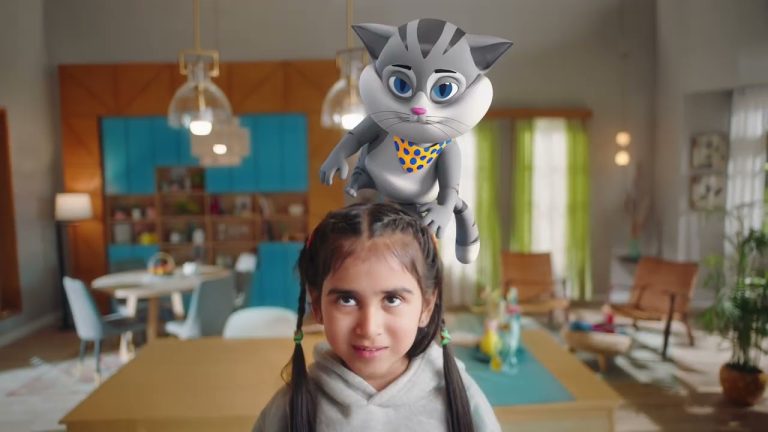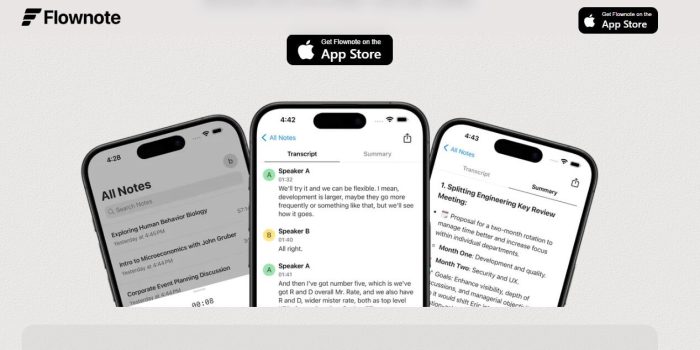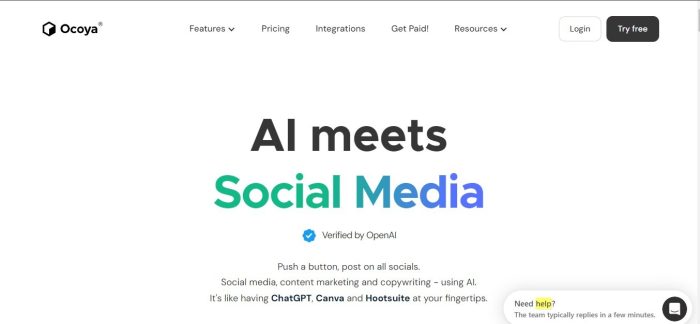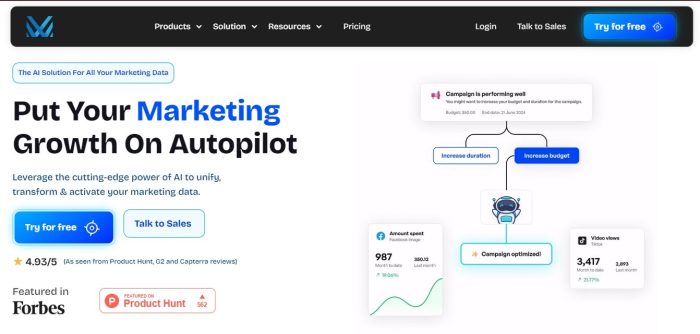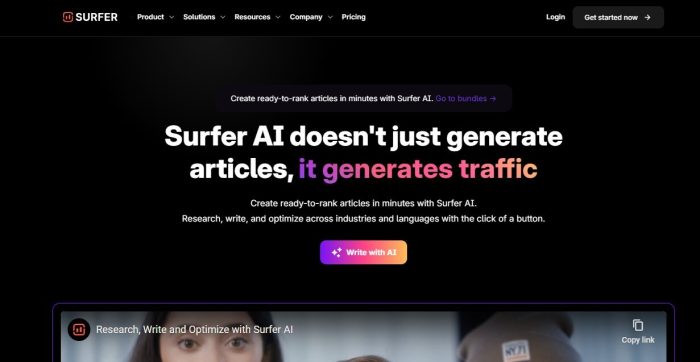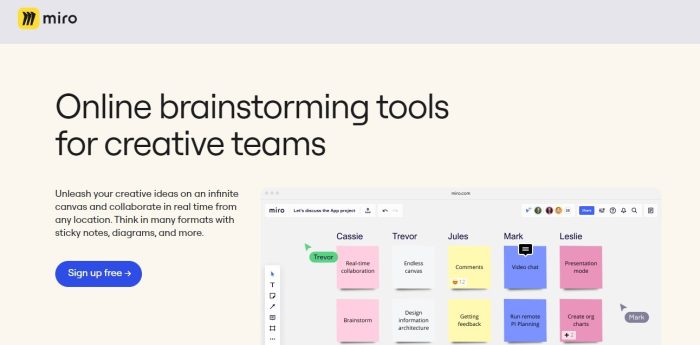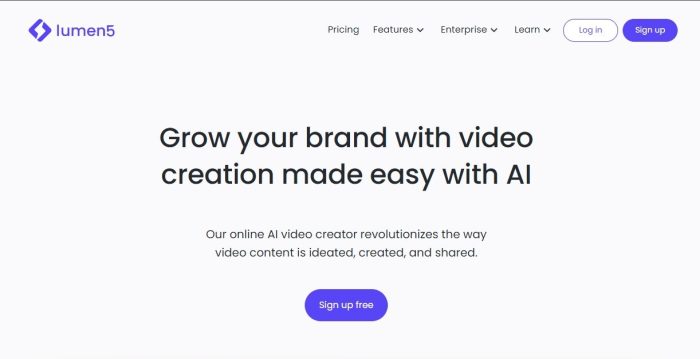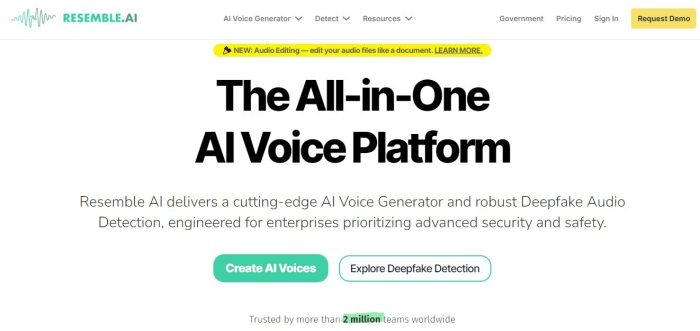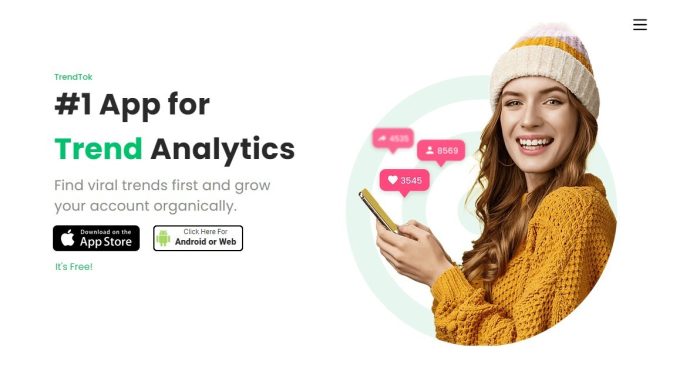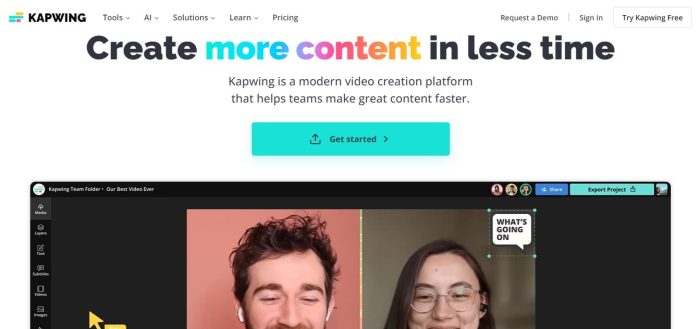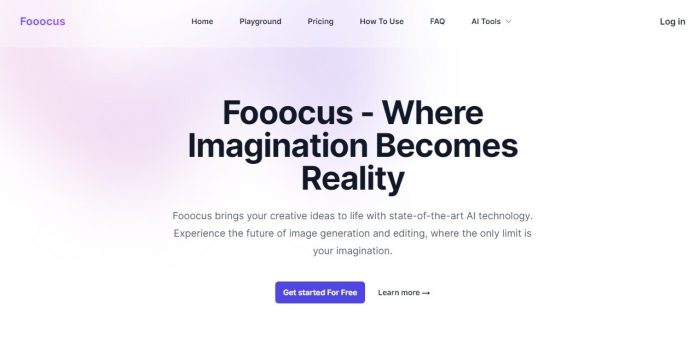Synergyzer: Was there a specific moment or experience that made you realise that eating and tasting food could be a career path for you, or was it a gradual realisation? Kindly share that story with us.
Hamza Bhatti: Honestly, I never imagined food tasting could become my career – it still isn’t. The realisation came when I noticed a significant gap in food content, particularly in short, one-minute and reel-time videos. Islamabad and Rawalpindi’s food scenes were overlooked, unlike Lahore and Karachi. Being from Pindi and living in Islamabad, I saw an opportunity to showcase these cities’ culinary delights to locals who hadn’t yet explored their own backyard. We filled this gap by creating concise, one-minute videos that quickly introduced viewers to these spots, which proved successful.
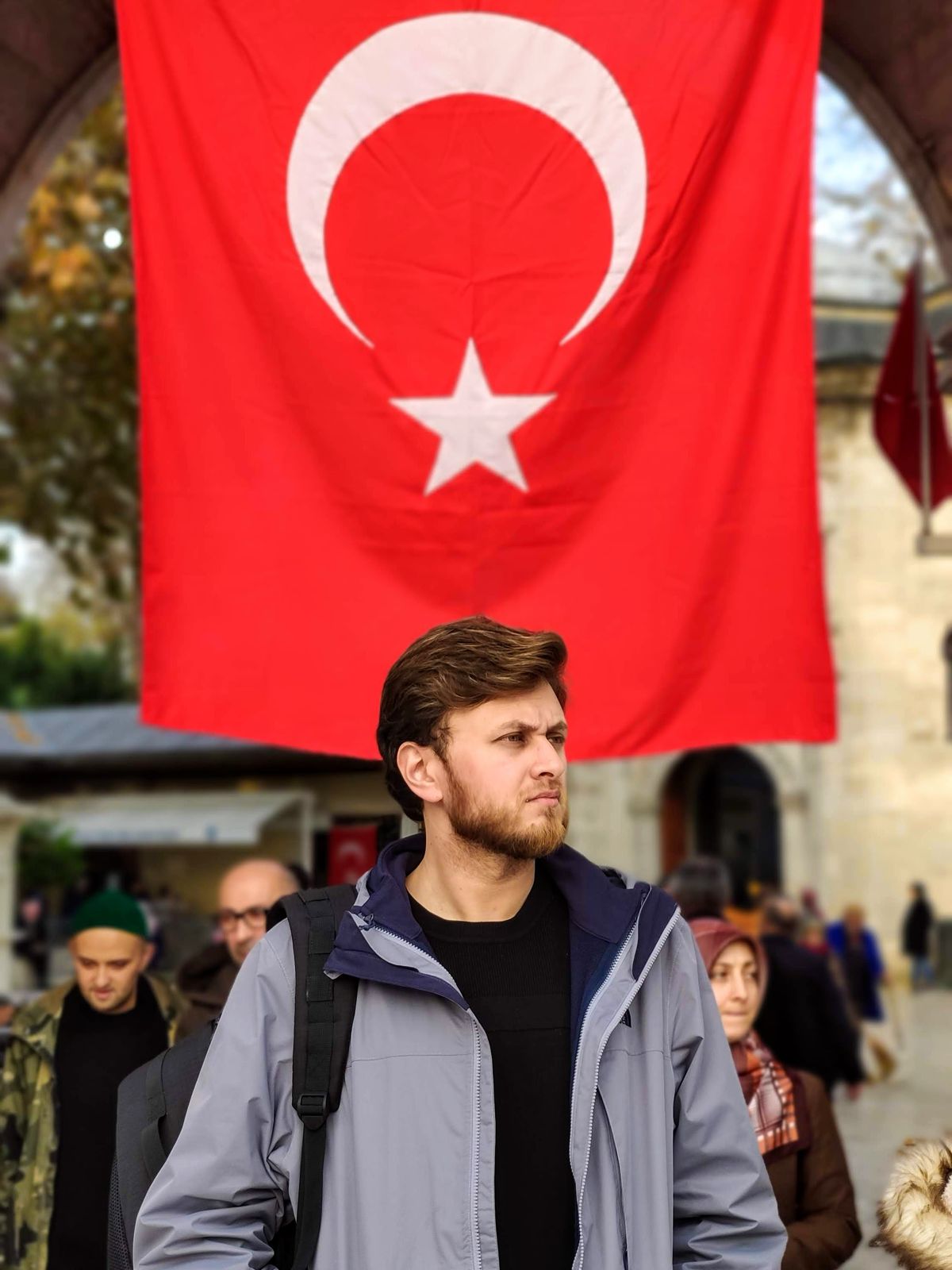
Synergyzer: What role do you think influencers like yourself play in shaping consumers’ food preferences?
Hamza Bhatti: In terms of food preferences, Pakistan offers a diverse range of cuisines that people enjoy. Recently, there has been a shift from the traditional obsession with Desi food. While this preference remains strong, there’s been a noticeable trend towards exploring other cuisines, partly influenced by food creators. Turkish cuisine, particularly authentic shawarmas, has gained popularity nationwide. Our influence lies in encouraging people to venture beyond Desi food and try new culinary experiences.
Synergyzer: Can you share an experience where a brand’s advertising campaign influenced your food choice or preference?
Hamza Bhatti: I am an advertising branding professional. Many times, I’ve seen an ad and immediately craved the food it featured. This is a universal experience; being a food creator or knowing food well doesn’t mean you won’t be influenced. I’ve often seen these ads on social media, which have prompted me to try various kinds of food.
Synergyzer: How important are food safety and hygiene, and how do you ensure the food you promote meets these standards? Have you encountered and addressed unethical practices?
Hamza Bhatti: The problem with street food, which I have tried extensively, is the lack of hygiene. Even if you address these issues with the vendors, it often doesn’t matter to them because they’ve been operating this way for decades, and no one seems to care. I plan to discuss this in my future videos, focusing on not only better hygiene standards but also healthier food options. This is something lacking in Pakistan. While restaurants offer better quality food, street food falls short. Having tried street food across Europe, Turkey, and even the UAE, I’ve noticed their hygiene standards are much better, even for street food.
Synergyzer: How do you think food delivery apps and online ordering platforms have changed the way Pakistanis consume food?
Hamza Bhatti: Delivery apps have definitely changed everything; they probably have the biggest impact because all kinds of food are now accessible regardless of your location. They have also provided a platform for local people running small bakeries or mini kitchens from their homes. The significant impact comes from people having access to the large database of options available on apps like Foodpanda. It’s a great win for home-based cooks.
Synergyzer: What are your views on excessive photo editing in food photography, and does it create unrealistic consumer expectations? How do you balance visual appeal with authenticity in your work?
Hamza Bhatti: The issue with excessive editing, especially with food, is that it’s easily noticeable because everyone can spot manipulation in food. When creating content, we strive to showcase the best possible visual appeal of any dish. I understand that the more appetising food looks, the better it is received. However, it’s important for content creators to ensure that food appears appetising without manipulating or adding elements that won’t be part of the dining experience for others who try the same dish.
Synergyzer: How do you think Pakistani food can be promoted internationally, and what role can social media influencers play in this?
Hamza Bhatti: Pakistani food has gained international recognition, with spices being exported and dishes becoming popular in the UK and Europe. However, a challenge within Pakistan is that content creators often produce content solely in Urdu, which limits understanding for those outside the country. To showcase our culinary offerings to a global audience, Pakistani influencers could significantly impact by creating content in English.
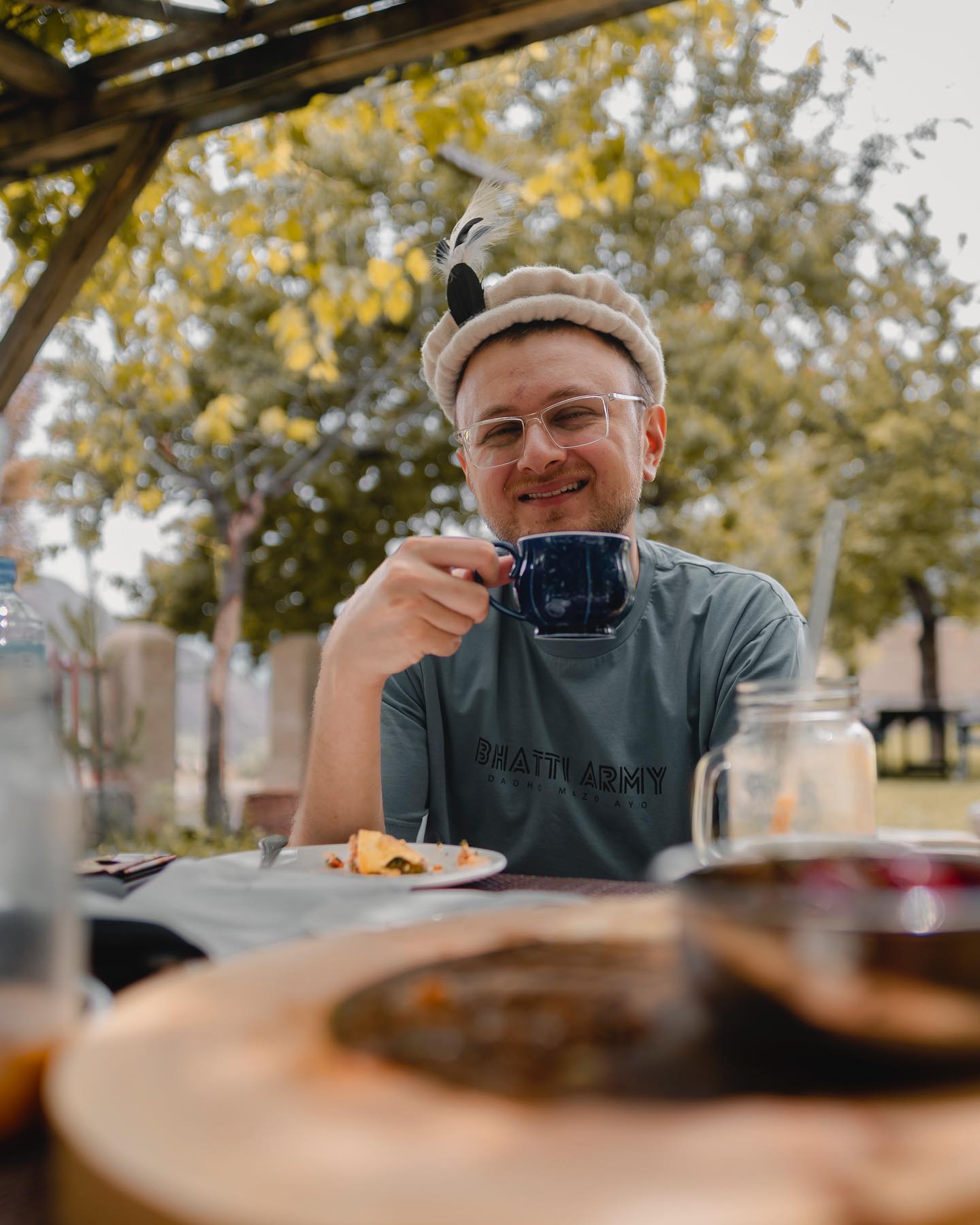
Synergyzer: How do you think food bloggers and influencers can collaborate with brands to promote authentic Pakistani cuisine?
Hamza Bhatti: The blogger and influencer community has made a significant impact. Speaking specifically about Islamabad, the entire landscape has changed as these individuals started covering various places in the city. This has drawn the attention of outsiders, including those from Lahore and Karachi, to the excellent food offerings in Islamabad and Rawalpindi. When collaborating with brands, I believe brands heavily rely on what local influencers or bloggers can create for them. Someone in Islamabad or Rawalpindi understands the market far better than a brand based in Karachi. This collaboration also provides brands with valuable insights from influencers.
Synergyzer: What are your thoughts on the ethics of food blogging, especially with sponsored content and honest reviews? How do you ensure transparency and authenticity?
Hamza Bhatti: When you see sponsored content, it’s crucial to understand that promoting something falsely can reflect poorly on the influencer rather than the restaurant. Unfortunately, consistency in food quality is lacking in Islamabad. I’ve experienced instances where I enjoyed a meal one day, only for my family to have a disappointing experience the next. It will take time for people in Islamabad to realise that consistency is key for the success of their food establishments, even with promotion.
Synergyzer: Share your top five restaurant recommendations in Islamabad, and what makes them stand out to you?
Hamza Bhatti: Let’s start with Daily Deli, which serves probably the best burgers. Another great café in Islamabad is Dahlia, known for its excellent pizza. For good coffee and cafes, Coffee Mystery and KAF in Islamabad are highly recommended. If you’re in the mood for quality sandwiches, BREW is a great choice. And for pizza lovers, Dominos is considered the best option.

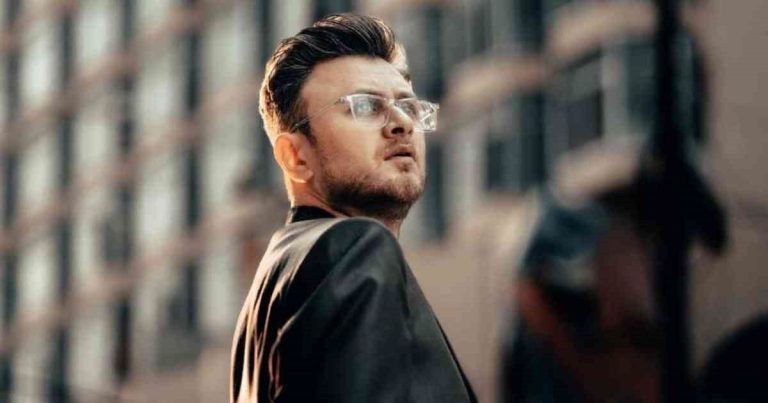
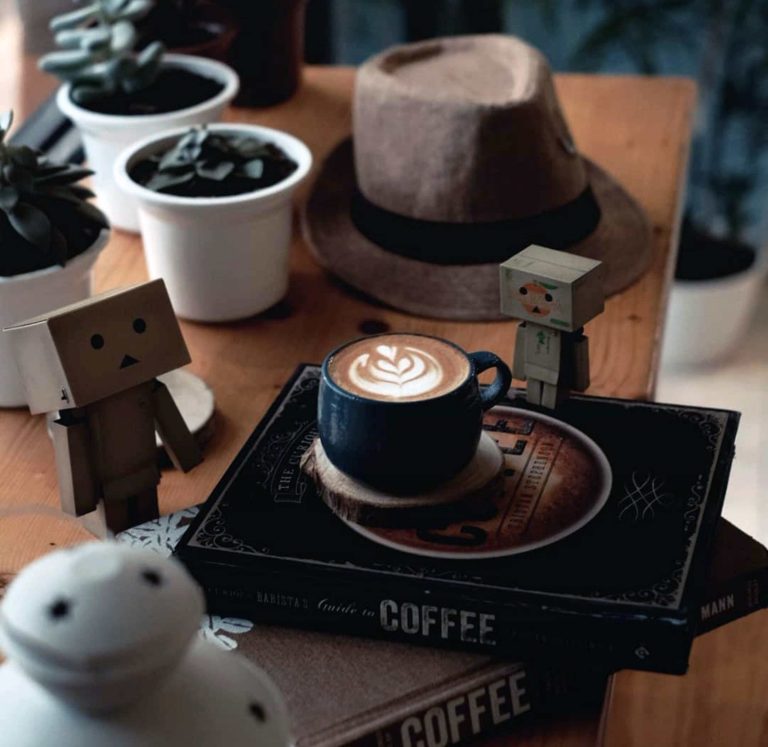
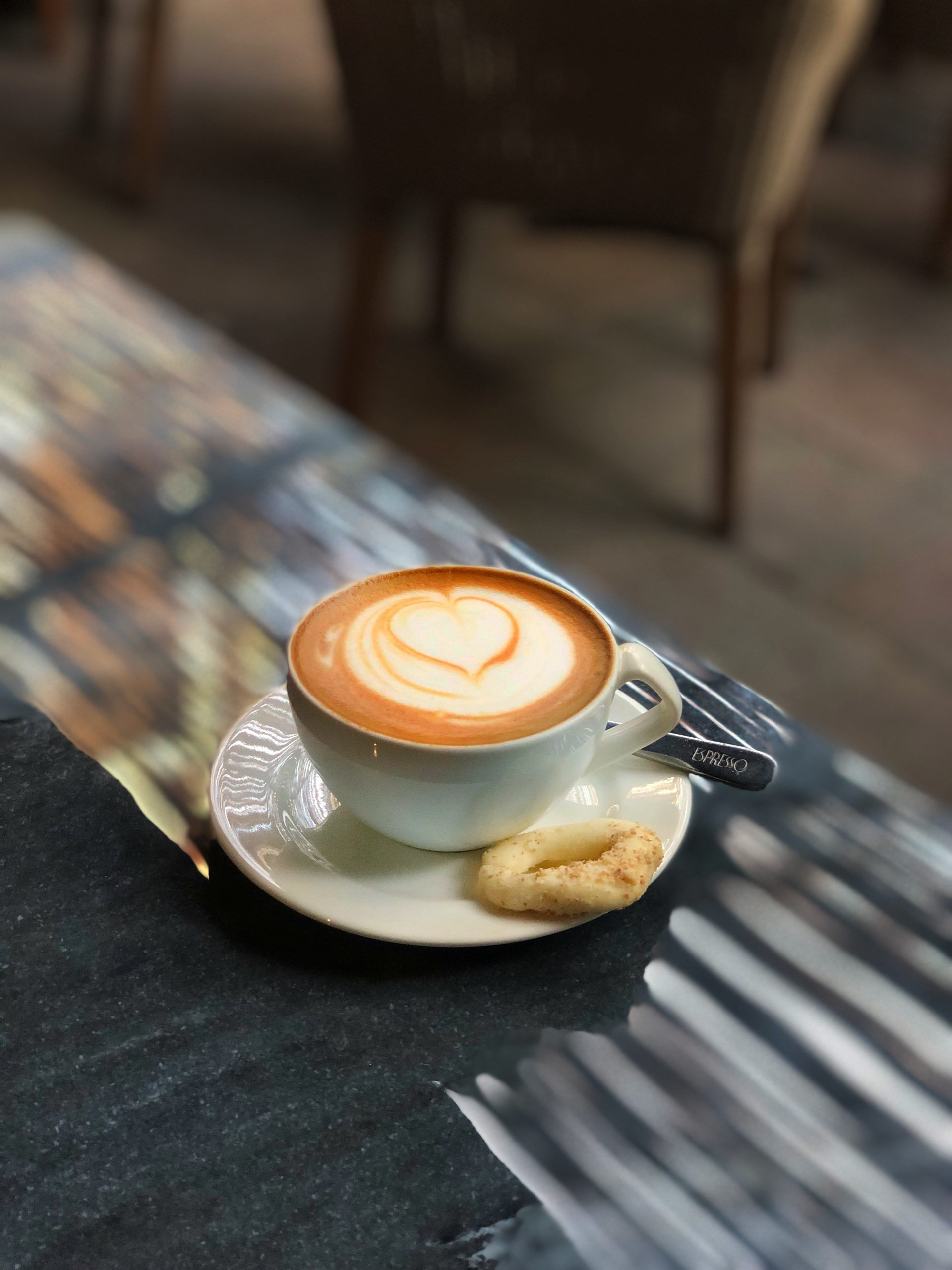
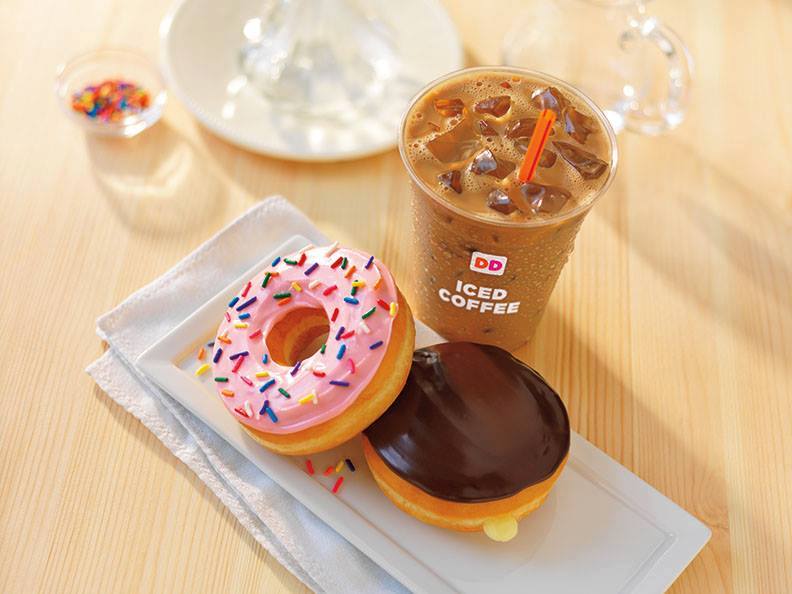
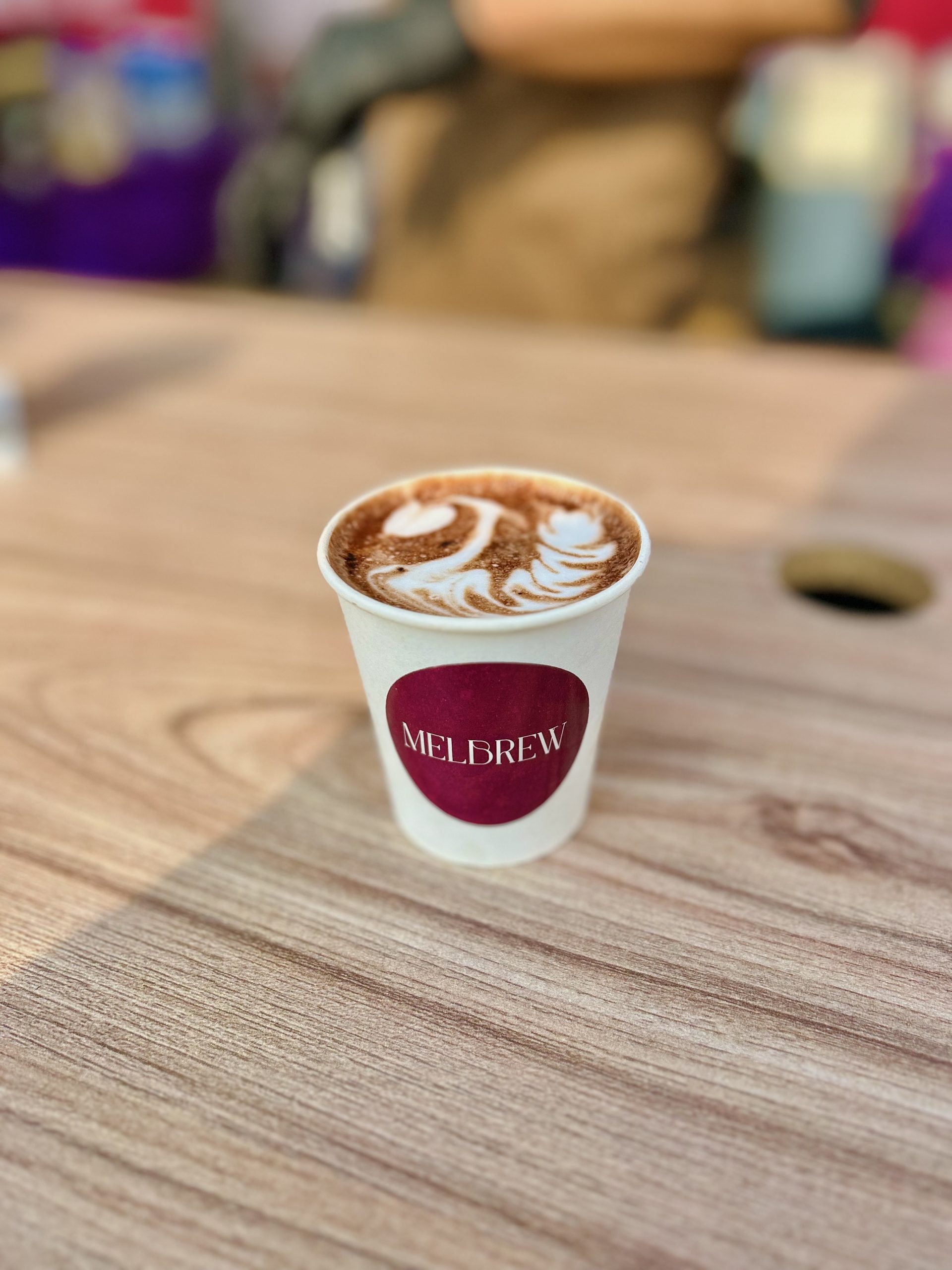
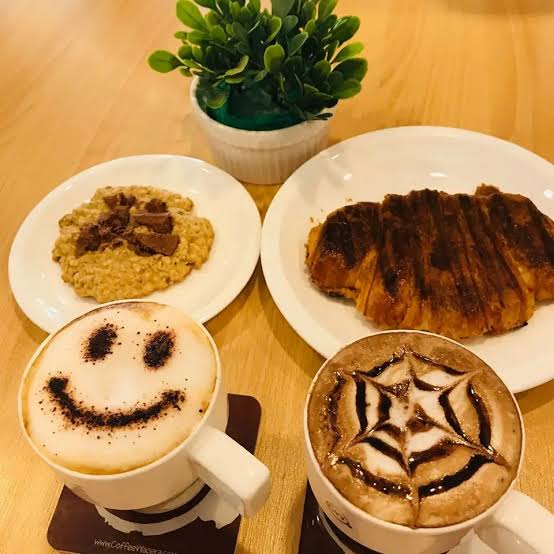
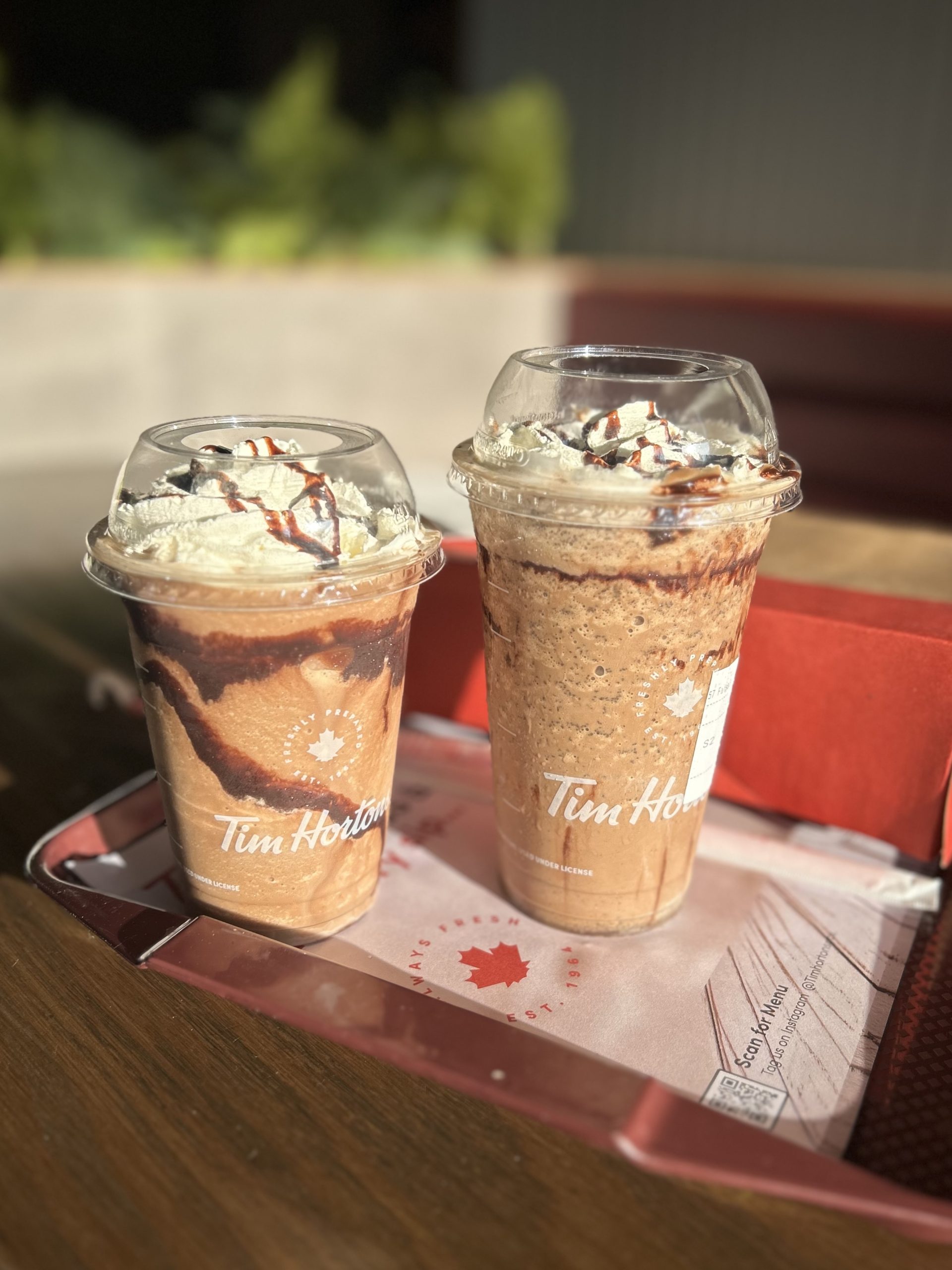

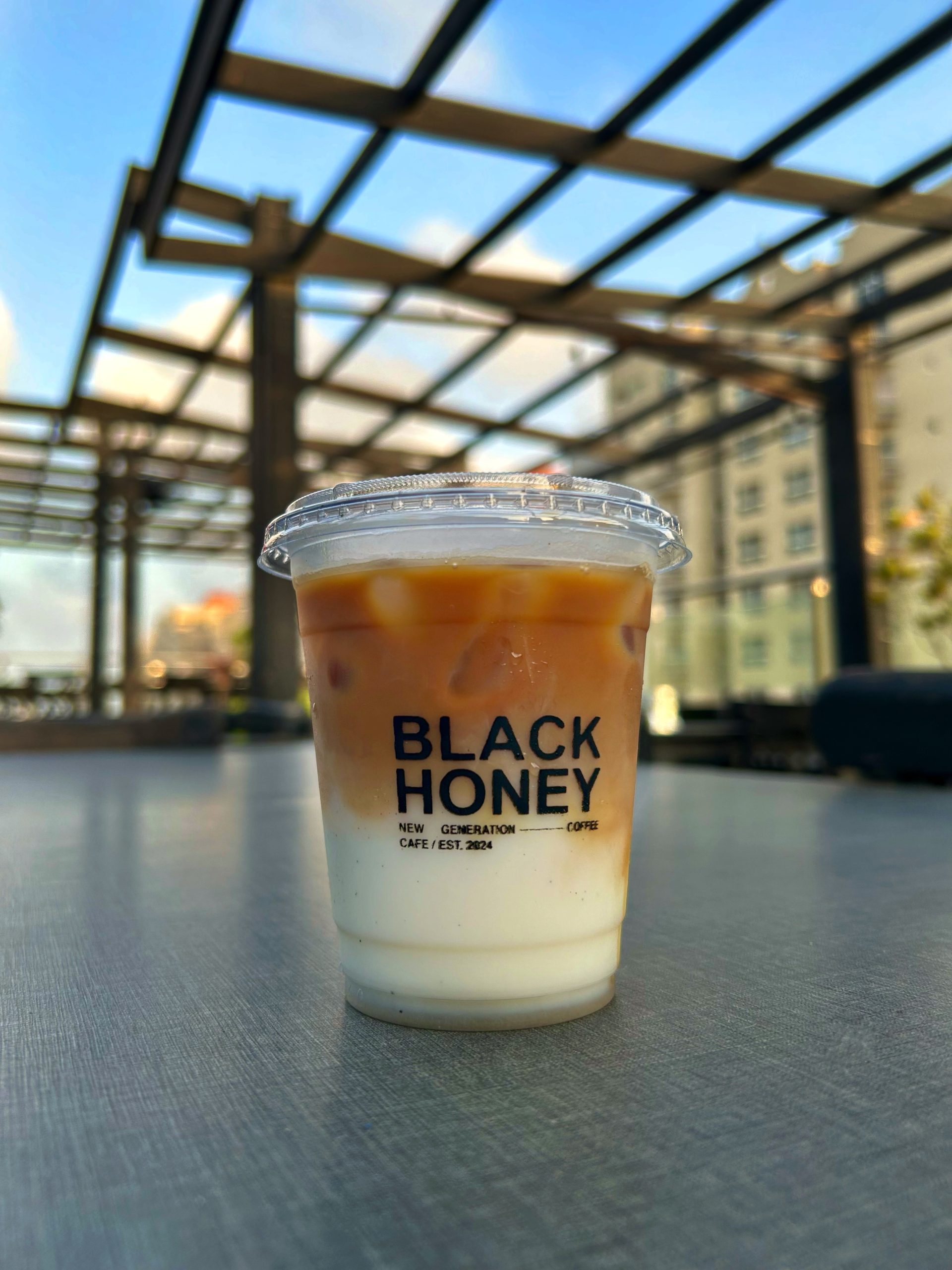
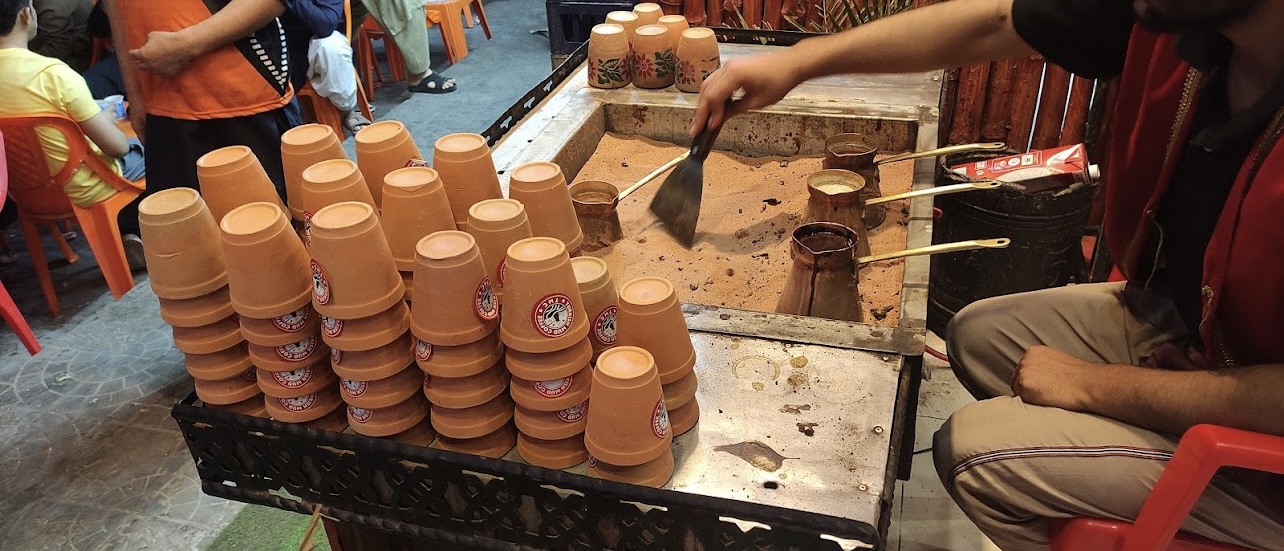
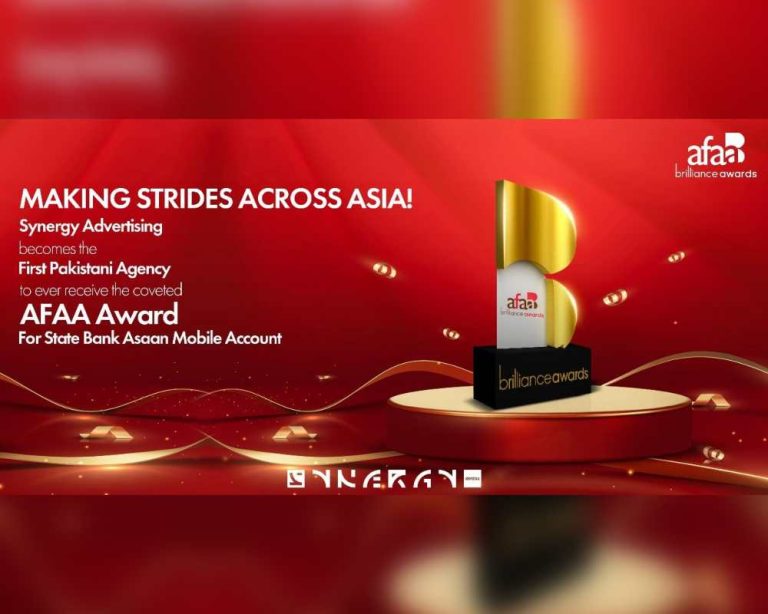



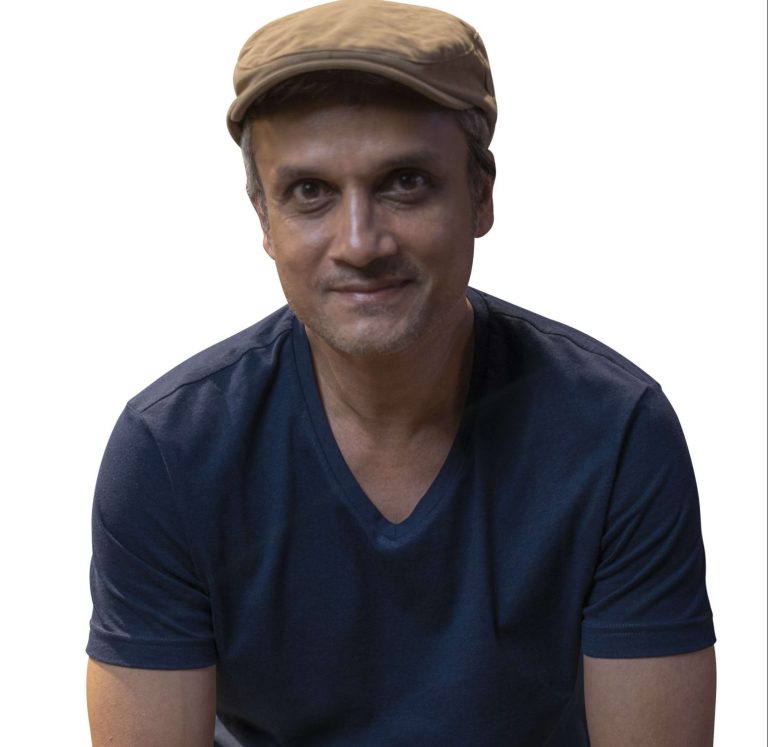
 Synergyzer: What are the key challenges facing Pakistan’s creative industry, particularly in storytelling and content creation for major OTT platforms?
Synergyzer: What are the key challenges facing Pakistan’s creative industry, particularly in storytelling and content creation for major OTT platforms?

